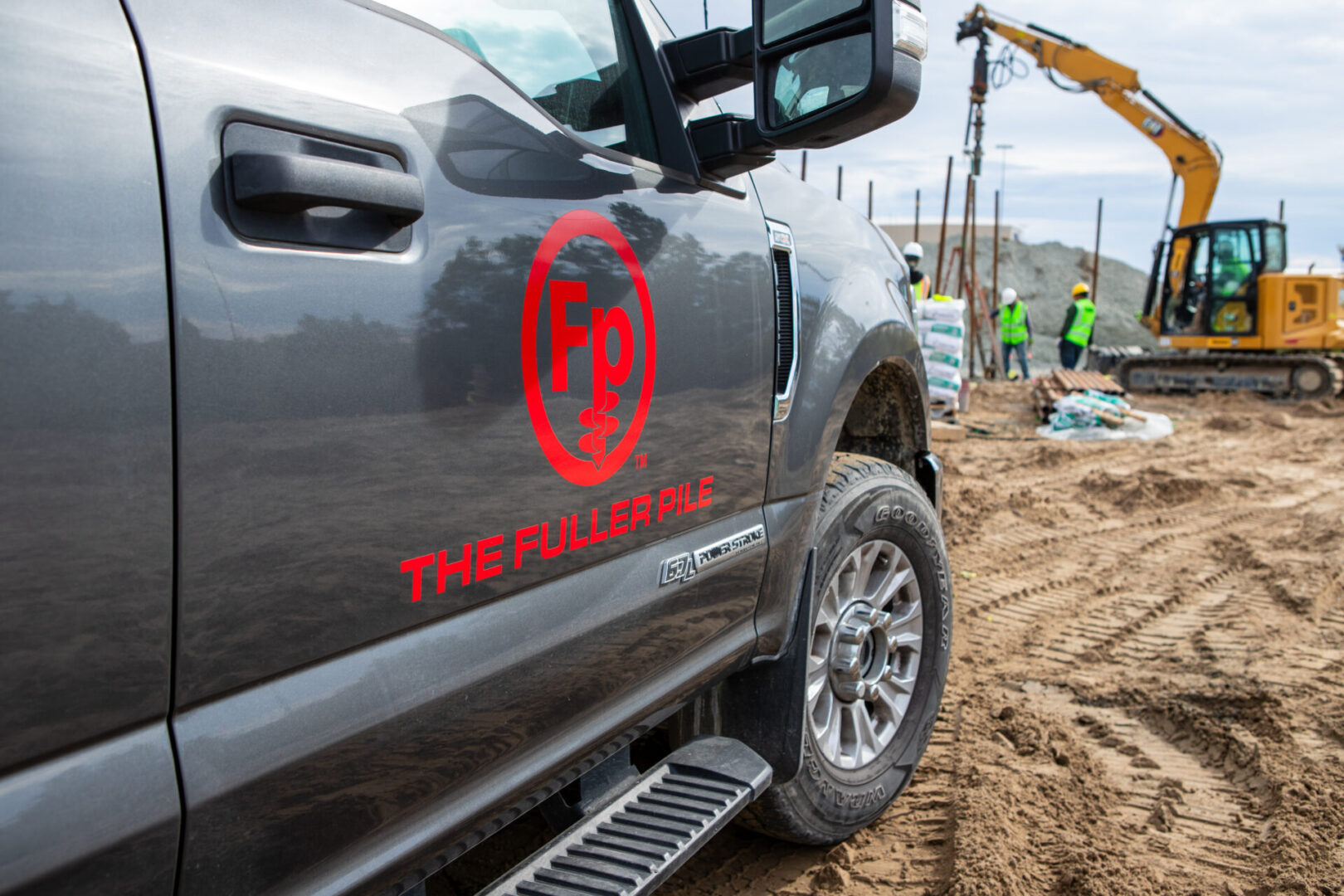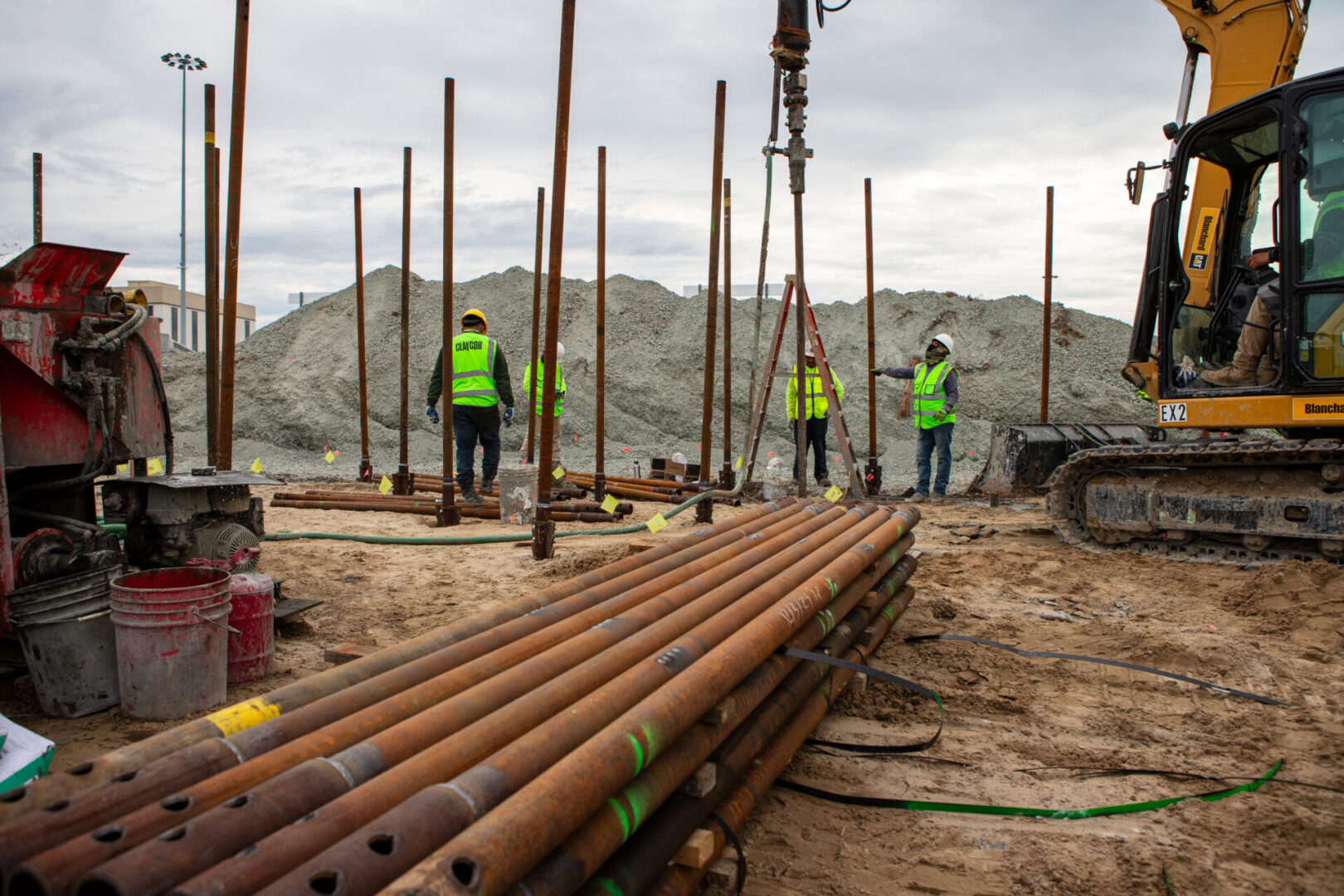
Introducing the Enhanced Fuller Pile™ System:

Helical piles often present performance concerns, with limited lateral resistance and seismic ductility. The Fuller Pile™ System, while installed similarly to helical piles, is a hybrid pile that meets the 2021 International Building Code. Its axial capacity is calculated and tested like any other cast-in-place pile system, relying on skin friction for geotechnical strength, not end bearing. All components are designed to meet code provisions, including seismic ductility, liquefaction, and kinematic load resistance.
Key Points:
Fuller Pile™ designs and manufactures the strongest, safest, and most reliable foundation piling systems in the industry.
Fuller Pile™ devices and methods may be covered by U.S. Pat. No. 10,024,020 B2 and other U.S. and foreign patents pending.
All rights reserved.